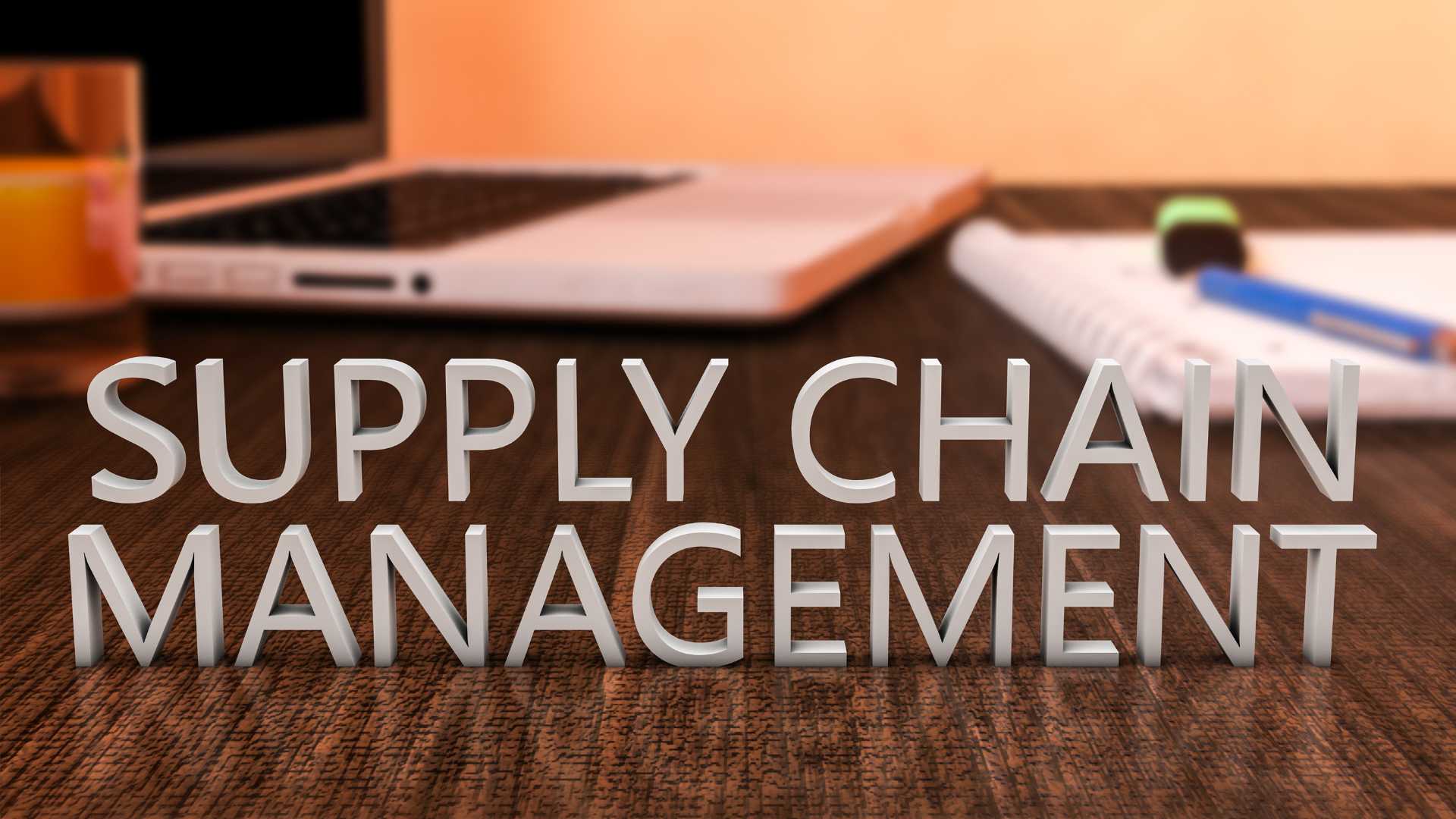Procurement is essential for most businesses to function correctly. Procurement management ensures that all items and services are acquired efficiently and successfully so that projects and processes can proceed smoothly. Procurement can be a competitive advantage if optimised to save money, time and resources.
TSS Global is a dynamic team of handpicked partners. They are passionate and prepared to work closely with their clients’ businesses. TSS Global cares about people – coaching and development form a large part of their core focus.
Together, the team has 20 years of top-tier, global supply chain experience, strong commercial and financial emphasis, and 15 years of corporate and entrepreneurial expertise.
Functional experience and knowledge of working within procurement and supply chain are what TSS Global emphasises influencing external spend. The team has a demonstrable track record of measurable savings.
TSS Global offers robust out-of-the-box deliverables by implementing innovative procurement and supply chain solutions across many categories. The team has a strategic alliance with Super Group, which concerns all outbound distribution channels. To be exact, 5,4 million kilometres of deliveries to their customers in 12 months.
The Procurement Process
Procurement is essential for most businesses to function correctly. Procurement management ensures that all items and services are acquired efficiently and successfully so that projects and processes can proceed smoothly. Procurement can be a competitive advantage if optimised to save money, time and resources.
As a truly professional service provider/consultant in the procurement and supply chain industry, we relentlessly drive change for our client’s business. We accept responsibility for delivering measurable improvements across several aspects of your business.
TSS Global aims to deliver efficiencies and savings across agreed areas to achieve targeted results. The company also focus on building relationships with its client’s senior leadership team and developing and implementing innovative commercial thinking, going beyond mechanistic applications of procurement methodology. The TSS approach ensures that you, the client, achieve strong buy-in from operations and other internal stakeholders.
Specifying and Planning
To create a product or service, you need first to establish the need and specifications for the product. Then, you can conduct forecasting based on existing data and projections to determine when and how the product will be ordered or reordered.
Identifying and Selecting Suppliers
Identify a supplier that can meet your product needs, either from an approved vendor or preferred supplier or by researching new suppliers and sending out an RFx.
Rodger Winter, the CEO of TSS Global, expands on the topic. “To me, the most critical factor is to source the right vendor and then bind them with a service level agreement. It’s a 2-way street, though, as you need to pay them on time”.
The primary task of procurement is to provide the ‘right’ inputs for an organisation’s processes.
The five rights of purchasing is a standard formula used in procurement management. The ‘right’ inputs are traditionally described as follows:
- Inputs of the right quality.
- Delivered in the right quantity
- To the right place
- At the right time
- For the right price
“The five rights (or five Rs) are a traditional formula that expresses the basic objectives of procurement management. They are also the general criteria against which procurement performance is measured. Even if they are not called the “five rights”, they are often referred to in procurement literature as ‘key performance variables’ or ‘procurement factors”, says Rodger.
The Right Quality
Obtaining goods which are of a satisfactory quality as well as fit-for-purpose (suited to internal and external customer needs):
- Accurate specification of requirements and quality standards
- Supplier- and buyer-side quality management
If the right quality is not achieved:
- Stock may have to be rejected or scrapped
- Production machinery may be damaged
- Finished products may be defective and, in turn, have to be discarded or re-worked
- Defective products may reach customers, resulting in recalls, returns, compensation claims, lost goodwill and a damaged reputation
- The firm will incur high costs
The Right Quantity
Obtaining goods in sufficient quantity to meet demand and maintain service levels while minimising excess stock holding (which incurs costs and risks):
- Demand forecasting
- Inventory management
- Stock replenishment systems
- If the right quantity is not achieved
- Insufficient stock may be held to meet the demand
- Stockouts may cause bottlenecks or shutdowns in production; costs of idle time; late delivery to customers; lost credibility, goodwill and sales
- Excess stock may be ordered and/or held: tying up capital in idle stock; wasting storage space; risking deterioration, theft or damage; risking obsolescence or disuse; incurring ‘holding costs’
The Right Place
Having goods delivered to the appropriate delivery point, packaged and transported in such a way as to secure their safe arrival in good condition:
- Distribution planning
- Transport planning
- Packaging
If the right place is not achieved:
- Goods may be delivered to the wrong place, resulting in delays and correction costs
- Goods may be subject to unnecessary transport and handling (as well as related expenses)
- Goods may be damaged, contaminated or stolen in transit
- Transport may cause undue environmental damage
The Right Time
Securing the delivery of goods at the right time to meet demand, but not so early as to incur unnecessary inventory costs:
- Demand management
- Supplier management
If the right time is not achieved:
Goods may be too late, causing production bottlenecks (and associated costs) and delays in delivery to customers (costs of damages, lost business).
Goods may be too early, causing undue risks and costs of holding inventory.
The Right Price
Securing all of the above at a reasonable, fair, competitive and affordable price. Ideally, minimising procurement costs to maximise profit:
- Price analysis
- Supplier cost analysis
- Competitive pricing and negotiation
If the right price is not achieved:
- Suppliers will be free to charge what they like without checking
- Suppliers’ profit margins will be ‘squeezed’ unfairly, leading to insecurity of supply
- Materials and supply costs will rise
- Profits will fall, or prices charged to customers will have to increase (resulting in a loss of sales)
- There will be less profit to motivate shareholders and to re-invest in the business
Rodger shares, “Based on the above analysis, it is especially worth noting that the five rights formula does not include the ‘right supplier‘ – although selecting the right supplier will be crucial in achieving other procurement objectives. Arguably, the ‘right supplier’ can deliver the right quantity and quality to the right place at the right time.

Negotiating and Drawing Up Contracts
Get the best price and terms for the product through competitive bidding from suppliers, then communicate requirements and expectations clearly to set up the final contract. Craig Kruger, COO at TSS Global adds, “negotiating and drawing up contracts also includes aligning commercial terms between buyers and sellers, which is an important element in the procurement management process”.
Expediting
Expediting the product order is sometimes necessary (i.e. earlier than expected product obsolescence, a schedule change, etc.). Examining the timeliness of deliveries during this step can reveal underlying issues, such as lack of clarity on payment dates, delivery times and completion of work.
Receipt and Inspection
Review all orders against the established specifications and quality standards. Complete a receiving discrepancy report if the delivery does not meet these standards.
Invoice Clearing and Payment
After inspection and confirmation of document alignment (PO, invoice, packing slip/receiving document), purchasing and accounts payable should be aligned to complete the product purchase.
Maintaining Records
Retain all proper records in the case of an audit, for tax information, to confirm product warranty and for ease of re-ordering. Provide data and feedback to the supplier based on key performance indicators to identify areas for improvement and/or needed changes in the product or the supplier contract.
Project Management
Project management within procurement aligns with managers (onsite and off) to enable teams to ‘do the work’ rather than fight politics.
TSS Global liaises well with staffing on changes in team numbers, project duration, type of people required etc. They consistently allocate their time to the highest impact areas/issues, limit under-resourced/low-impact project scope creep, and ultimately maintain focus on the project goals.
Risk Management
Procurement risk management is identifying and mitigating risks to your supply chain. This includes risks from both internal and external sources.
Internal threats come from your business, employees, project demands, and procurement processes. External risks come from global events, political events, vendor relationships, and outside actors.
Learn more about TSS Global’s Services and procurement management.



